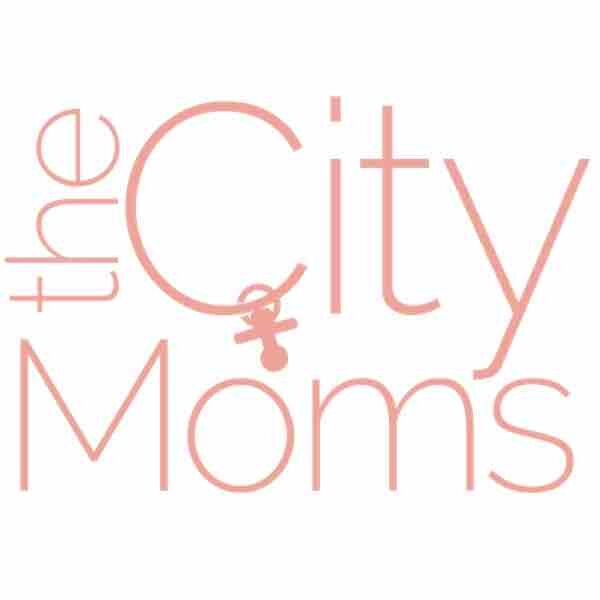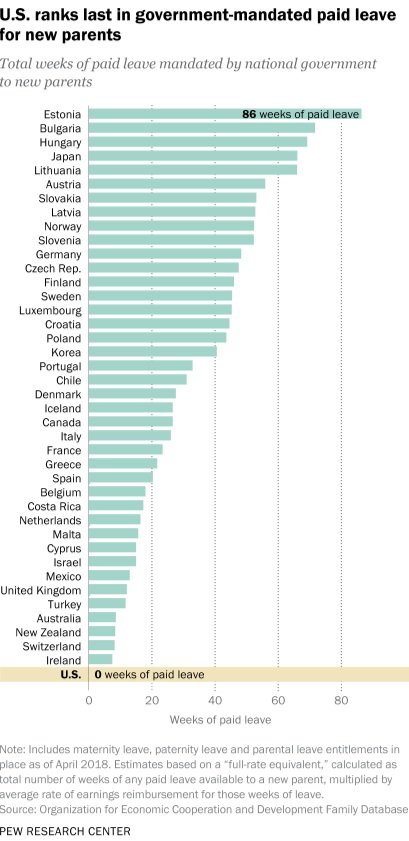Real talk: Paid family leave
As a mama-to-be, you have a thousand things running through your mind from baby names to nursery colors, birthing options to daycare waitlists, and everything in between. In the midst of Googling the cost of diapers, you’re probably starting to think about those first weeks after baby’s arrival. How much time will you be able to take off from work? Will your partner be able to take some time, too? Will either of you still be paid?
You’re not alone, we’ve chatted with our CityMoms and they are feeling it too. So we’re breaking down family leave policies as well as ways you can get involved to improve them.
So what do we know about family leave today?
You’ve probably heard of FMLA (or the Family Medical Leave Act) which essentially requires certain covered employers to offer unpaid job protection with continued health insurance while you take time off to care for yourself and your new baby. Covered employers include public agencies and private companies who employ 50 or more employees. Not every one will work for a “covered” employer (e.g., small businesses, start-up firms, independent contractors) or be covered by their employer (if they have worked for their employer for less than 1 year). And, FMLA does not guarantee your pay. It’s up to the employer to determine how much of the leave is paid and at what level, because paid leave is not necessarily your full salary.
Paid family leave policies vary across states and employers, but are not available to all, or only benefit the mother. A recent CityMoms Instagram poll revealed that only 53% of mothers’ partners got some amount of parental/paternity leave with one mama even commenting: “The culture at [my] husband’s company pretty much implied shame for him taking any time.” Another mama spent Saturday-Friday in the hospital and her husband was back at work that Monday.
The lack of a national policy for paid leave means that parents are piecing together whatever time they can, like the CityMom who took six weeks off and then had to cash in all of her saved sick leave for additional time off. Or the other CityMom who had no sick leave after maternity leave so any days off after leave were taken without pay. This informal poll simply drives home that what we have in the US is “a patchwork of policies that only cover 20 percent of private-sector workers and 26 percent of state and local government workers.”
Pregnancy can be rough enough without unsolicited remarks - share this with fam & friends who might need a “hint.”
This is our reality in the US, but is there a better option?
Yes! Paid family leave is standard in every industrialized country EXCEPT the US. Paid family leave is basically what it sounds like: employees continue to earn their pay while taking time away from work to recover and take care of their new baby.
So how does the US compare to other countries?
Image courtesy of Pew Research Center
Paid family leave policies make a difference!
Countries with these policies in place note the massive benefits of guaranteeing paid family leave for all:
Supports maternal and infant health, allowing parents to take time off while ensuring job and income protection
Gives a new mother time to recover emotionally and physically after giving birth
Benefits women’s mental health
Reduces infant mortality
Increases average duration of breastfeeding
Increases employee retention and reduces turnover and associated costs
Increases women’s participation in the workforce and reduces inequitable gender pay gaps
Ok mama, we know this is a lot but it's not hopeless. So what can you do? Below we’re dropping resources and a list of actions to take right now:
Review your company’s parental leave policy and make note of where there are gaps (such as lack of paid leave or no paternity leave benefits).
Sign up to receive a free toolkit for advocating for better paid leave policies at your company.
Join the Paid Leave US (PL+US) movement to receive emails with action steps you can take.
Call and email your members of Congress on this issue. (Hint: use this template.)
Additional Resources:
Chamber of Mothers: A collective working actively toward mother’s rights and paid family leave.
Zero to Three: Organization dedicated to supporting parents so that babies and toddlers have a strong start in life.
Paid Leave for All: A coordinated effort to make paid leave policies a reality.



